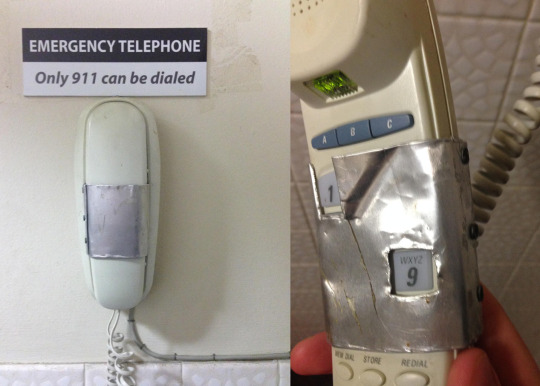Ranter
Join devRant
Do all the things like
++ or -- rants, post your own rants, comment on others' rants and build your customized dev avatar
Sign Up
Pipeless API

From the creators of devRant, Pipeless lets you power real-time personalized recommendations and activity feeds using a simple API
Learn More
Comments
-
The ideal design is avatar style. Let the user jack their ponytail into the usb slot and stream vibey 3D renders however you like
-
jake64115y@LiterallyJesus
I guess this is devrant. yea my example was a bit.. how should I say on a whim. the idea wasn't to show that I can come up with a god-tier design style, I was trying to make a point about how horrible html/css are. and how nobody seems to point it out or try come up with a genuine good alternative. -
But you can do exactly that in HTML/CSS (classes/IDs plus selectors), and if you need interactive behaviour, you can even use JS to kick off CSS changes.
Also, footer is optional and makes only sense if you actually have one. Try navigating a website using e.g. NVDA, then you'll hear why these landmarks are useful.
The great thing about CSS vs. HTML is that after the dark ages of HTML 3, semantic structure and presentation were separated. -
I can't share your slacker regarding HTML. While document object model and representative markup might seem a bit confusing and stuff, you've got to admit it's the best what happened to UI - if it's dynamic, then it isn't as wooden as interfaces from 90-10s. HTML is de-facto good standard and you can have shorter syntaxes transpiled into it, like Pug...
Totally agreeing about CSS though - horrid mess of specificity calculations *insert galaxy brain meme here* -
@jake64 Disagree. If you really, really don't have usage for semantic tags, you can basically do everything with divs instead. Even for a web application, this will hardly make sense, but it's possible.
@vintprox Specifity comes only into play if you need overrides. If you have so many of these that you're only one small step from just slapping !important on everything, it's not a mess with CSS, it's with the code. -
@Fast-Nop yes, but at the same time you get a loose modularity of stylesheets that override styles of each other, and that's what is a horrid mess. Your ordinary stylesheet has to bear a selector with more specificity (which destroys the modularity) to make a proper override. But then somebody comes there and doesn't see it necessary: removes "redundant" specificity - and, whoopsie, old styles make the return before you know it.
It's terrible when you cannot troubleshoot it ASAP, and then again BEM is not a placebo to everything, because it cannot fix CSS. First of all, you'd like to know the order of each CSS loaded to prevent the mistake and redundant selectors. -
@vintprox Well every code can be destroyed if people change it nilly-willy, so that's not an argument. Also, Chrome's dev tools show you quickly where specific styles come from, and which ones are in place, but overridden.
BEM in itself is a bad idea based on not understanding CSS selectors.
And why would you even want tons of CSS sheets along with the associated network handshakes? The only reason for that would be media where you don't expect the users to require them, like separate ones for screen and print.
Lastly, there's no need for more than maybe 32k of CSS even for complex websites. Otherwise, the dev would be doing it wrong. These 500k CSS horrors are utter trash from the get-go.
Now with 32k of declarative code, you shouldn't have problems organising it.
Related Rants

 What only relying on JavaScript for HTML form input validation looks like
What only relying on JavaScript for HTML form input validation looks like How to vertically center in css..
How to vertically center in css.. Yeah no
Yeah no
Who else finds HTML/CSS to be just plain bad?
since that's what the web adopted, apparently no matter what you are developing if it involves a GUI then the design method almost always follows in the same path as the web.
that's not the issue though, the real problem is that the web adopted a very horrible way to create a UI, while HTML might have been fine for 90s-style websites I just feel like its a very lousy way to create a modern interactive webapp UI, its just very painfully obvious that it wasn't designed for that purpose. remind me again what HTML stands for? "HyperText Markup Language" yea that sounds about right. and CSS really doesn't help but double down on the flaws of HTML.
on a whim I can come up with a better method:
instead of the weird <body><footer> structure, why not have say "objects that flow in a 2D space", you define the parameters location and dimension of these objects, with something like javascript they interact with each other and just like div in HTML objects contain smaller objects.
this makes a lot more sense than the footer/body design or the obviously duck-taped attempts at controlling the style in CSS, like flow, and absolute-position.
am I alone in this?
question
html
javascript
typescript
reactnative
css
webdev